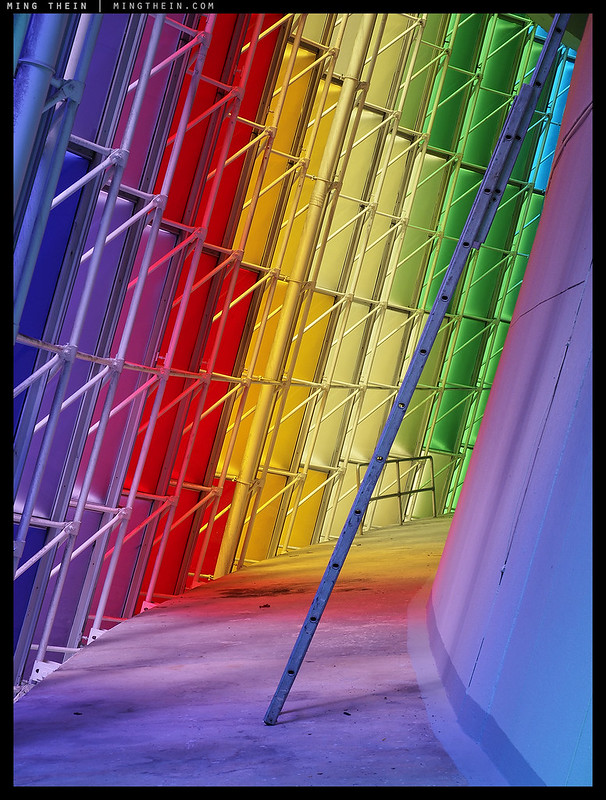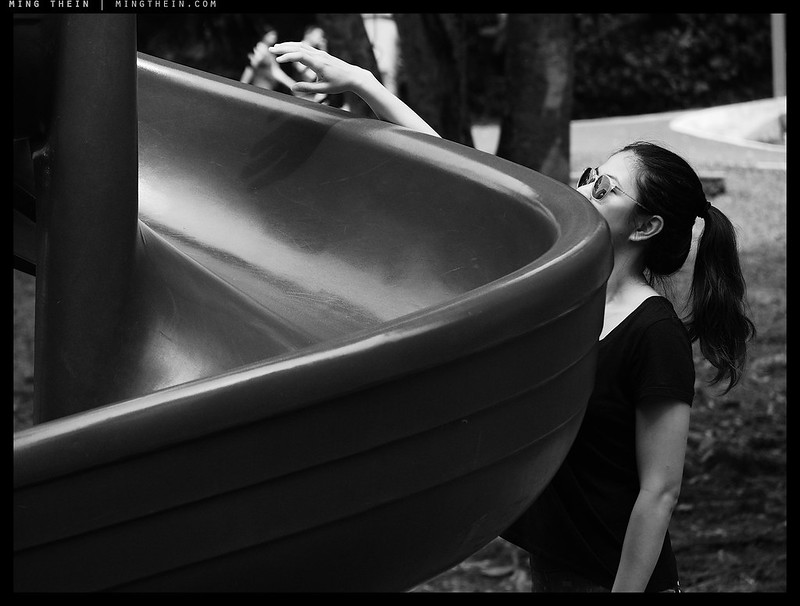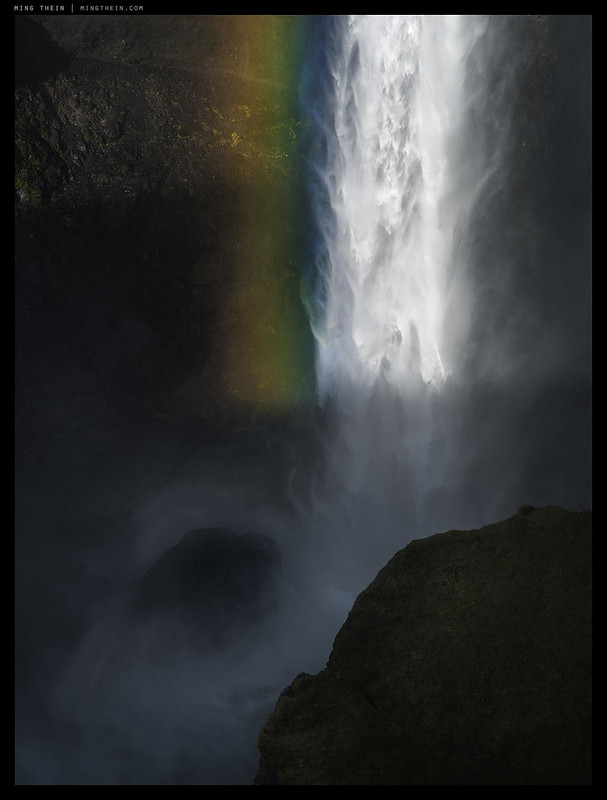Probably not your usual kind of rainbow, but instead some colourful remnants from an intensely bright afternoon (and rather 80s building). The National Science Centre reopened to the public recently but still feels very much like a 1980s attempt at a science-themed activity centre for primary school kids; I suppose its fun if you didn’t notice the rest of the world entering the internet era twenty years ago. Still, at least the building is visually interesting…MT
The Scrapbook series is shot on an Olympus PEN F, with unedited JPEGs straight from camera bar resizing (and of course some choice settings).























